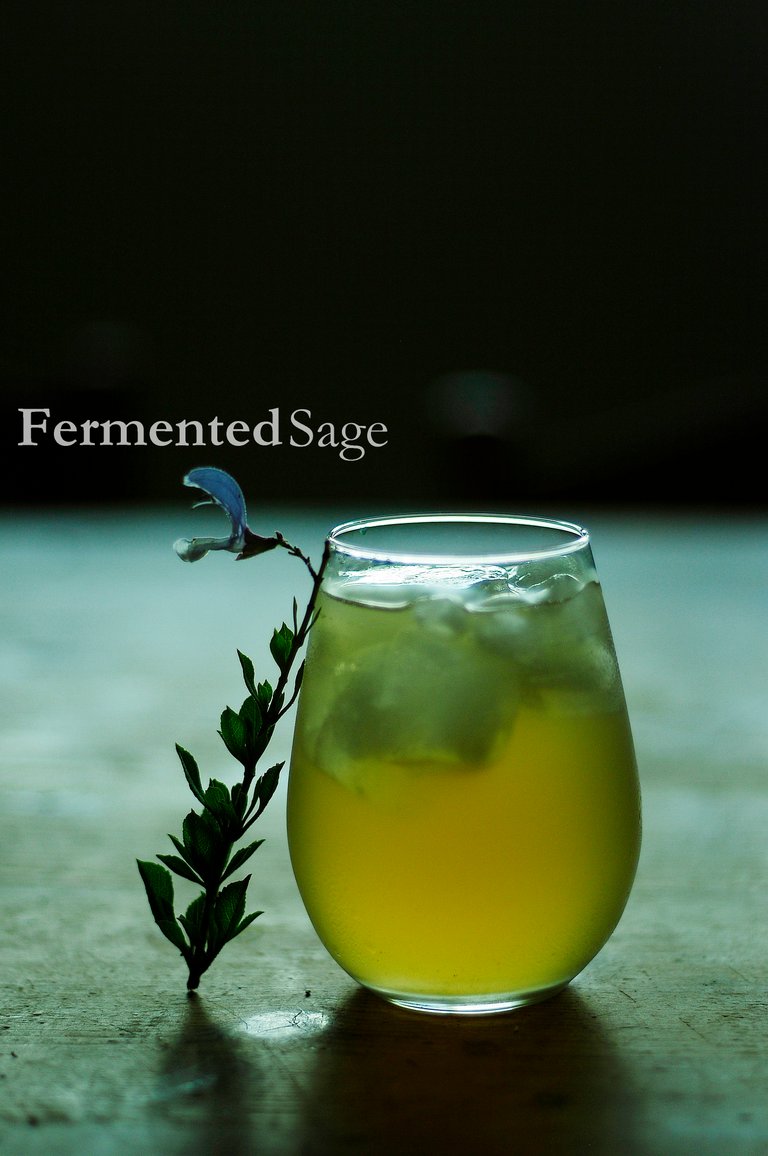
It is when people stop talking, writing, and sharing ideas that things will disappear. It is when people do not understand that they do not care. Cooking is integrally linked to a specific place, just like medicine was a long time ago. Today, medicine is mostly western and universal (there are still widely practiced forms of local medicine all over the world, but it is not the go-to for most people). Cooking being linked to a specific place is slowly dying if it is not already dead.
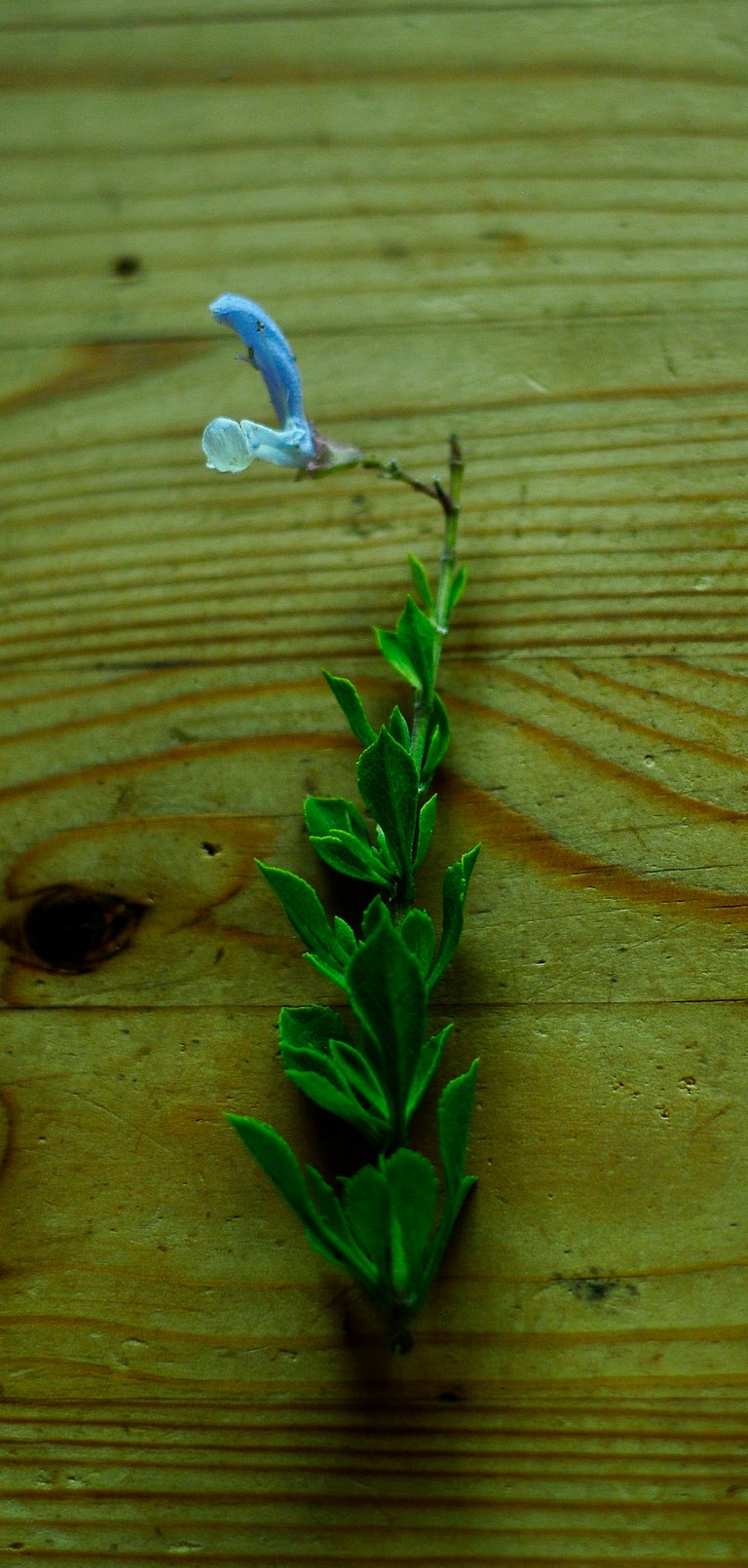
Local and indigenous flavors are being replaced by universal and industrial flavors. In the Western Cape Fynbos Biome, there are about 9000 unique species, some not found anywhere else in the world. Hundreds are known to be edible, thousands have medicinal properties. Few of these plants are studied at the moment. Imagine how many of these plants are edible.
Yet, we destroy the fynbos habitat on a daily basis.
Think of how many food and medicine sources have been wiped out because we prefer the standard taste of the fast food chain. Our palates and tastes have changed so much that even the slightest bitter taste sends us into a frenzy. We even have a saying:
Eew, this tastes like medicine.
But how did we get here? How did we lose so much of what made us? The fynbos biome, with its thousands of plants, has sustained the local people who lived here for thousands of years. Now, we destroy the land to plant foreign plants or to let cattle and sheep graze.
Many people have tried to turn this around, but they focus on making money. Many Fynbos Cookbooks exist, but they only use a handful of plants. Many shops sell these books, but in the local food shops, you never see local food sources. You cannot buy spekboom (even though this is not indigenous to the Western Cape fynbos biome). You cannot buy wild African sage or African rosemary (Eriocephalus africanus).
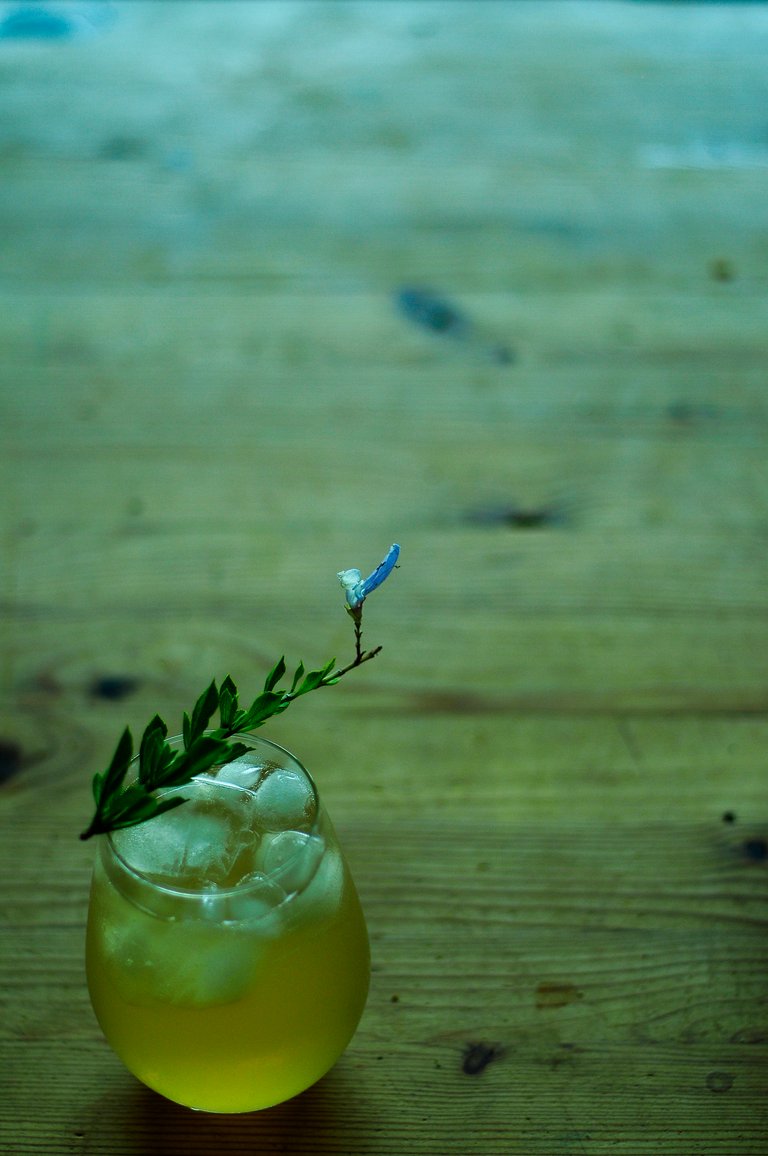
The consequence is that people do not realize what we are losing. People do not realize the immense opportunity to find new medicine and new food sources we are losing.
I have started to use these local plants in my cooking. Every day I am finding new plants I can use, ones that have been growing in my garden for many years. I am also finding out about their medicinal properties. And this is where one might find an interesting crossroad: Medicine can become food.
African Sage (salvia chamelaeagnea)
There are many different species of African sage. The one growing in my garden, salvia chamelaeagnea, has a very strong smell, and when you touch it, it leaves behind a bitter-tasting sticky residue. For many years, I have never really bothered with this plant, the smell was not always one that you would want to smell on a regular basis. That is, it does not smell like freshly ground coffee or a freshly picked rose. But that is because we have fundamentally become detached and distanced from the things that grow around us.
For many thousands of years, African sages, including the one I am introducing in this post, have been used as medicine. This website reports some of the uses, from helping with sore throats, to stomach and liver problems. But why just limit this awesome plant to medicine? Being creative, one can easily use these plants, like this African sage, in cooking.
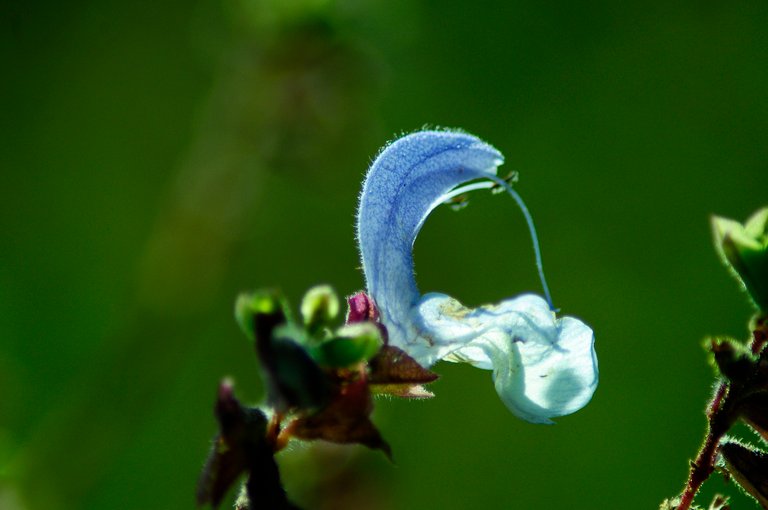
Cooking with Fynbos and Local Herbs
Luckily, some have come around to see the light. Many have posted how they begin to use and incorporate Fynbos in their cooking. With a rudimentary scout on the internet, I found many recipes that call for salvia chamelaeagnea. My girlfriend, @urban.scout, immediately called for lemon in a tea I made for her from the leaves of my African sage bush. And she was right, the flavor of the African sage and lemon is a match made in heaven. And I found this to be the case with many recipes using salvia chamelaeagnea.

This recipe uses salvia chamelaeagnea with lemon and locally caught fish. One that I found very interesting was where the author suggested using fresh leaves in savory biscuits; the biscuits are then topped with sour cream and wild garlic flowers. A last one gives you various different ideas in which you can incorporate salvia chamelaeagnea.
However, a small problem exists, and I do not know how to change this one: people who use these ingredients are mostly affluent. People who are not affluent are not always that open to learning new things because their day-to-day lives do not allow them to either have time or the opportunity to learn about it. Or simply put, someone who works for very little will care very little.
Drying the Leaves
For many years, I have cut the African sage bushes when they are done flowering. I always threw the leaves, seeds, and stems in the compost or fire. Little did I know the value that I threw away.
Recently, I have been drying out the leaves, flowers, and thin stems. I have also started saving the seeds. I always relied on the plants self-sowing; many smaller plants have grown in my garden. But now, knowing the power of this plant, I am going to grow many more.
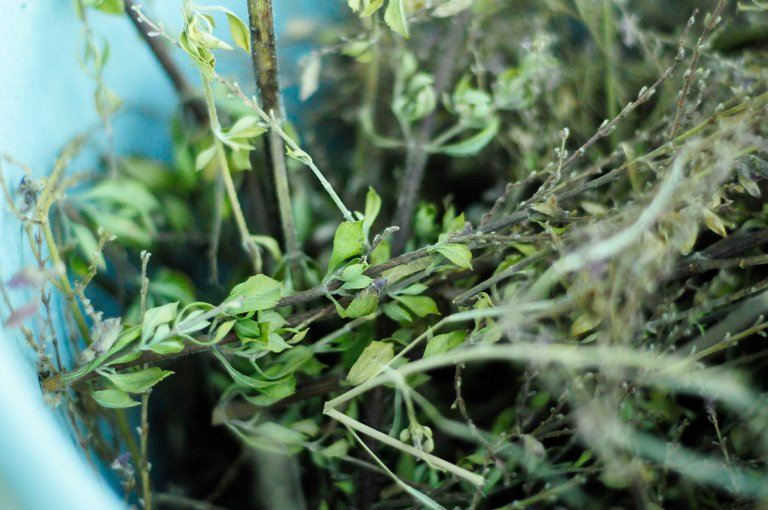
I have started separating the bigger stems and leaves from each other, and I have started to collect and sow the seeds. It is funny how a smell could at one time not interest you but now it smells like heaven.

I rub the dried-out leaves together so that they crumble. The smell fills the kitchen and my hands smell like African sage for a couple of days. Luckily, my girlfriend loves the smell.
I am already getting ideas how I will use the plant in my cooking. Someone is already selling salt and African sage mixed, maybe I can make a smoked salt and African sage product and sell it! Who knows. But I am also thinking of adding some fresh leaves in a lemon cheesecake. I am also thinking of chicken and lemon juice herbed up with African sage. I am also thinking of a butternut, caramelized onion, and African sage soup. The recipe ideas are infinite.
Maybe I should really try and sell it....
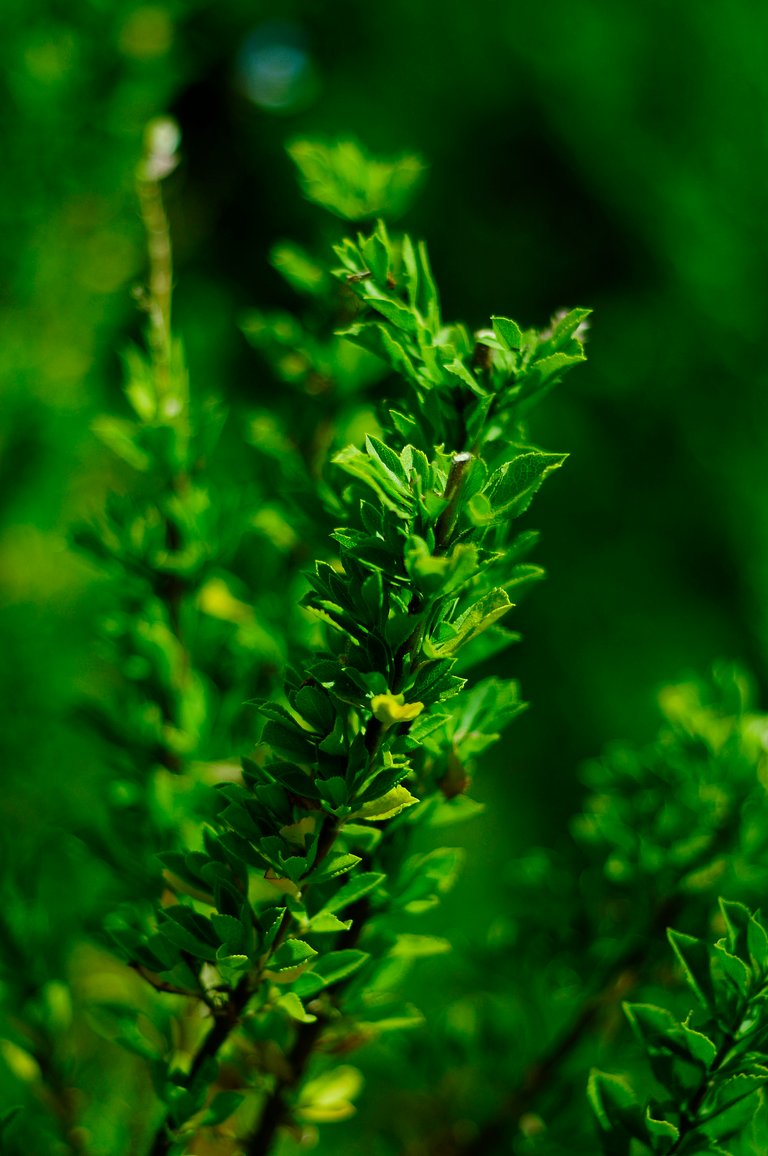
Growing African Sage
African sage (salvia chamelaeagnea) grows really quickly. In about 3-5 years, my plants have grown to be two meters high. They begin to flower in the second year of growth. I have not grown from cuttings yet, but you can try to. Many of the bushes in my garden have grown from seeds.
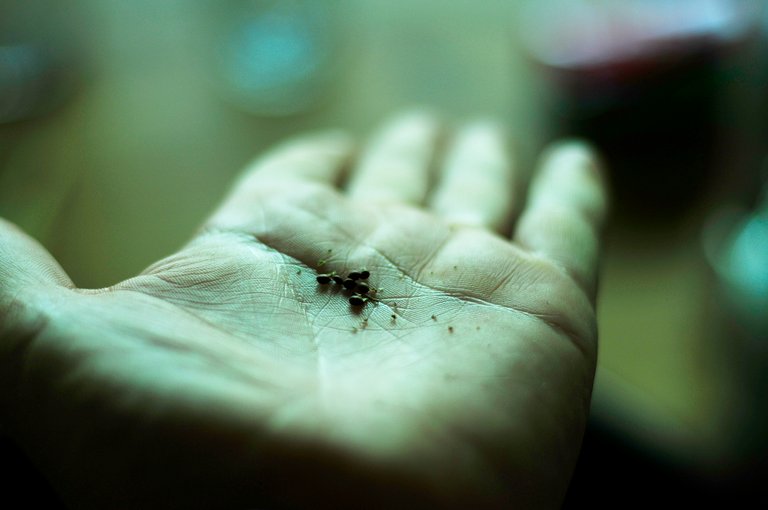
Each flower contains one seed. A plant grows thick bundles of flowers at the top of each stem. Below, you can still see some of the flowers left on the plant.
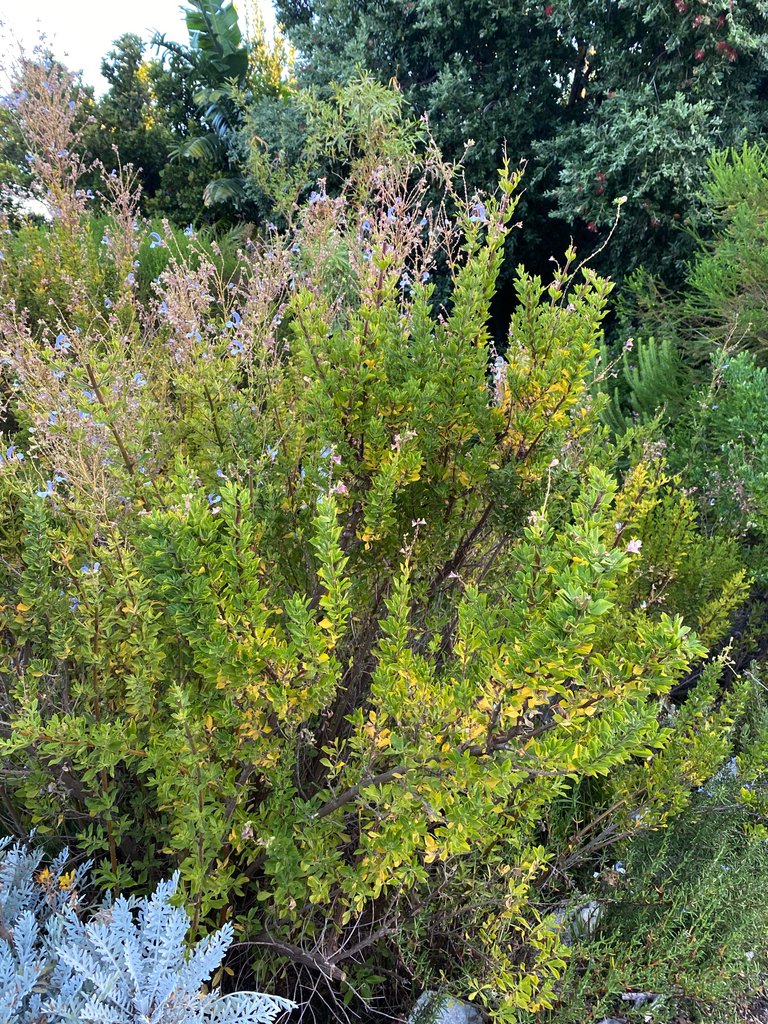
The stems are hairy and also sticky to the touch. They grow very strong stems.
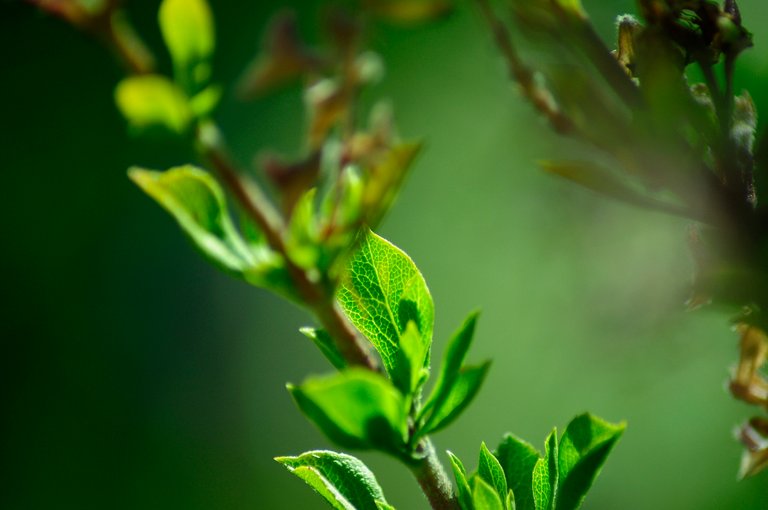

The leaves are, according to me, some of the most beautiful in my garden. I love the veins on them. The leaves are also sticky and hairy.
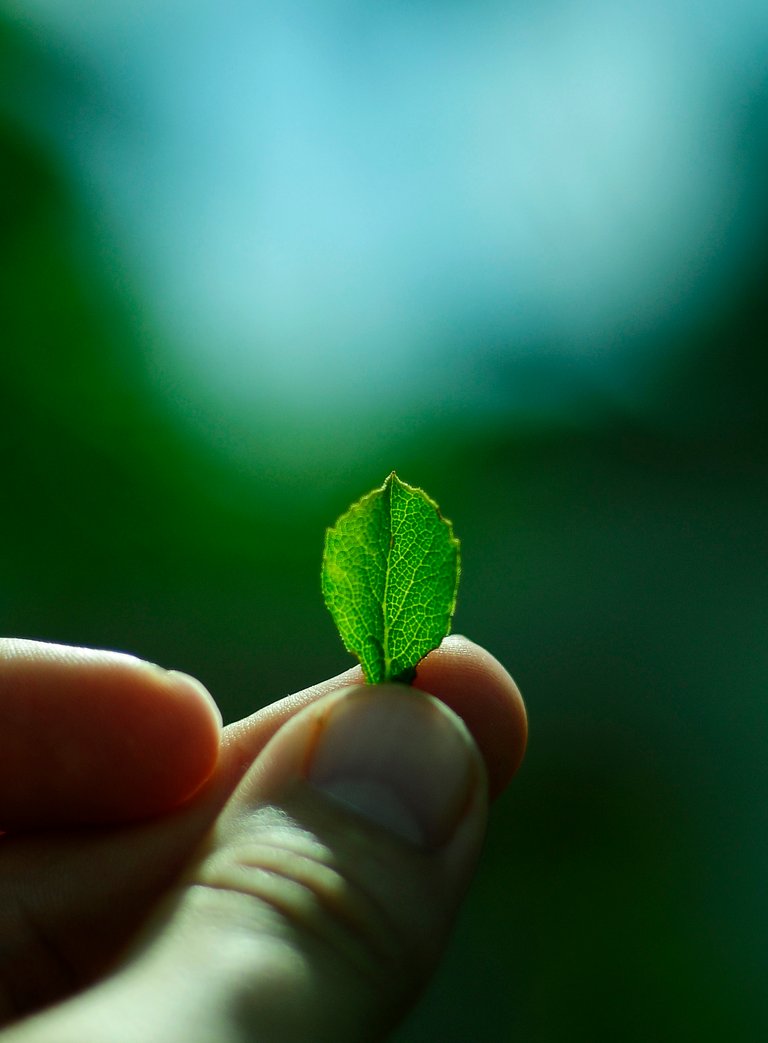
The back of the leaf is also interesting as you can actually see the "sticky-ness" of them. It reminds me of lamb's quarter with the grainy textured leaves.
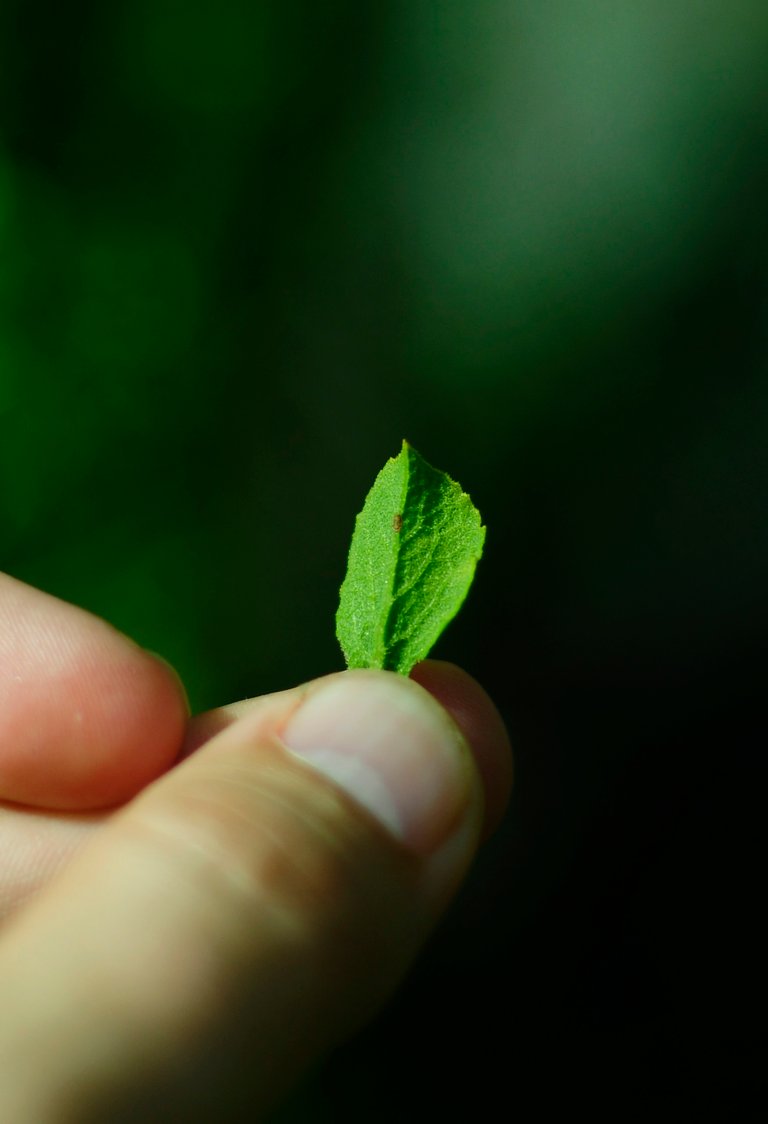
When you cut them, cut where you can see there are two new stems forming. This will encourage more growth and will produce even more flowers.
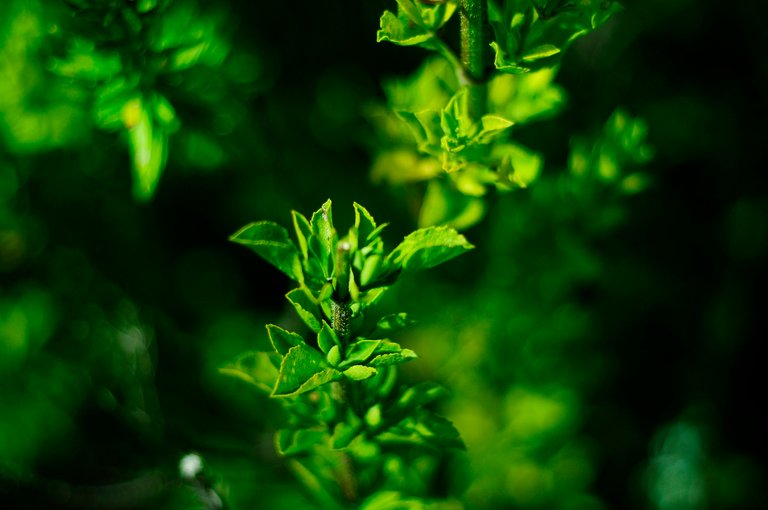
Postscriptum, or Making African Sage Tea
I have made so much tea in the last couple of weeks. A few leaves can make a bunch of tea. Contrary to the bitter taste of the actual leaf or sticky residue, the tea is not bitter at all. Or at least, the tea made with fresh leaves and flowers. The dried-out leaves make the tea a little bitter. But nothing a little sugar cannot fix!
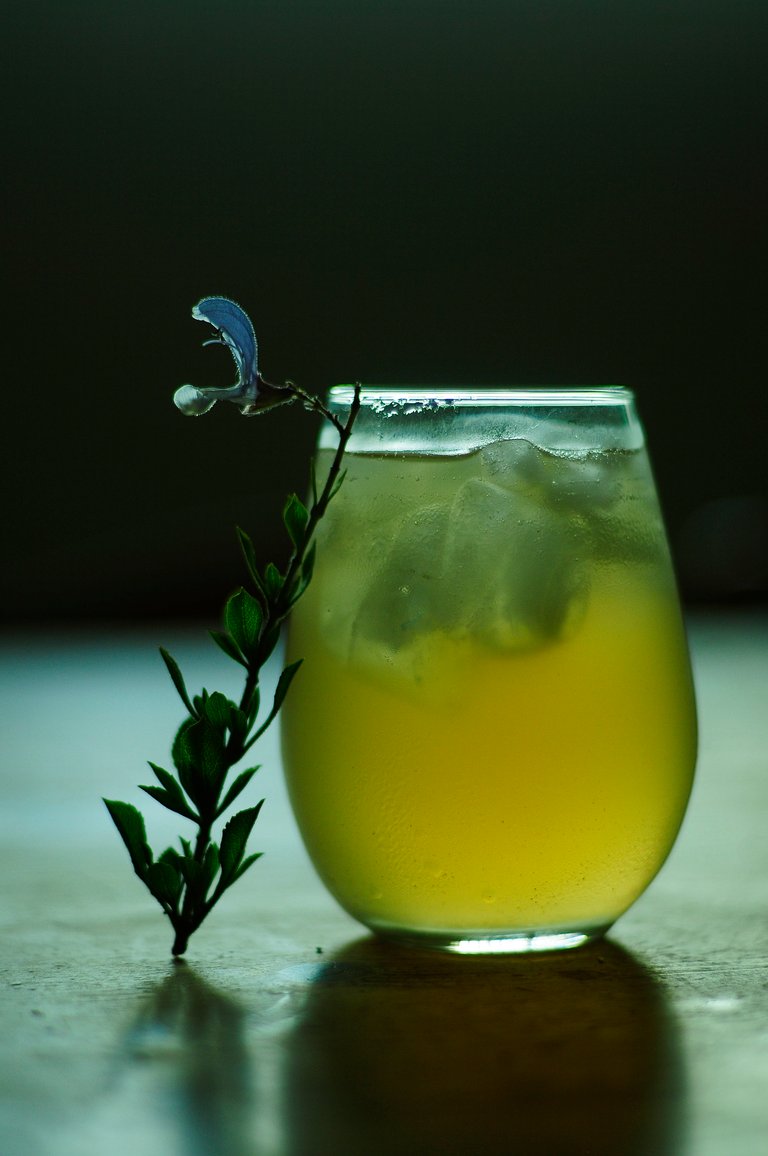
I used about 2 grams of dried leaves to make roughly 250 ml of tea. This ratio seems to work the best. It can be too strong for those who have not had it before or are totally new to fynbos food. Add a little more water and it will be fine. Or make an ice tea as I do. Add a couple of squirts of lemon juice and you are good to go.

I really hoped you learned something from this post. This plant will most likely not grow where you live. I think this species only grows in the Western Cape, South Africa. But sage plants grow almost everywhere if I am correct. See if there are wild sages growing in your area.
It is up to us few to restore the hope in the many who have already lost sight.
All of the photographs are my own, taken with my Nikon D300 and iPhone. The musings are also my own, unless hyperlinked. I hope you are well.
Love sage… any of them. For many reasons.
I had it yesterday in my butternut squash soup as one of the ingredients. And I love burning the dried leaves. Particularly the white sage.
Great share. Love the captures of the glas 😎
I think the African version doesn’t grow in many other places indeed.
We did see sage much in southern Spain. Even in Malta. Not sure where I am now. Will explore…
Hopefully, there is some sage there as well!
Thank you so much. The lighting in the kitchen was just perfect at that moment.
Oh, I will surely use the leaves to BBQ with. It will surely add some nice smokey flavor. And the butternut and sage sounds so good right now!
I will go exploring… 😎😉
You are welcome, I saw. Great shots!
Good plan, it’s a great combo butternut squash and sage… try it.
Have a wonderful new week 👋🏻😊
I think I will make a lasagna with it! Butternut, caramelised onions, and wild sage! That combo sounds like it might work well.
Oh that sounds lovely, let me know how it was. 😎
Oops, I replied to my own post! Here it is again:
Hahaha did that too a few times.
Did you end up making it already?
I missed a few days… catching up right now.
Enjoy your week 👋🏻😊
I think I am going to make it for dinner sometime this week and post the recipe! It can only be good. I can already taste it.
Drink lemon tea for intake of vitamin c
In the village where I was raised, African Sages have been used for a very long time as a treatment for respiratory conditions such as sore throats, coughs, colds, bronchitis, and other chest ailments.
I tried it for my sore throat and it worked wonders! Thank you for sharing this! What a wonderful plant it is.